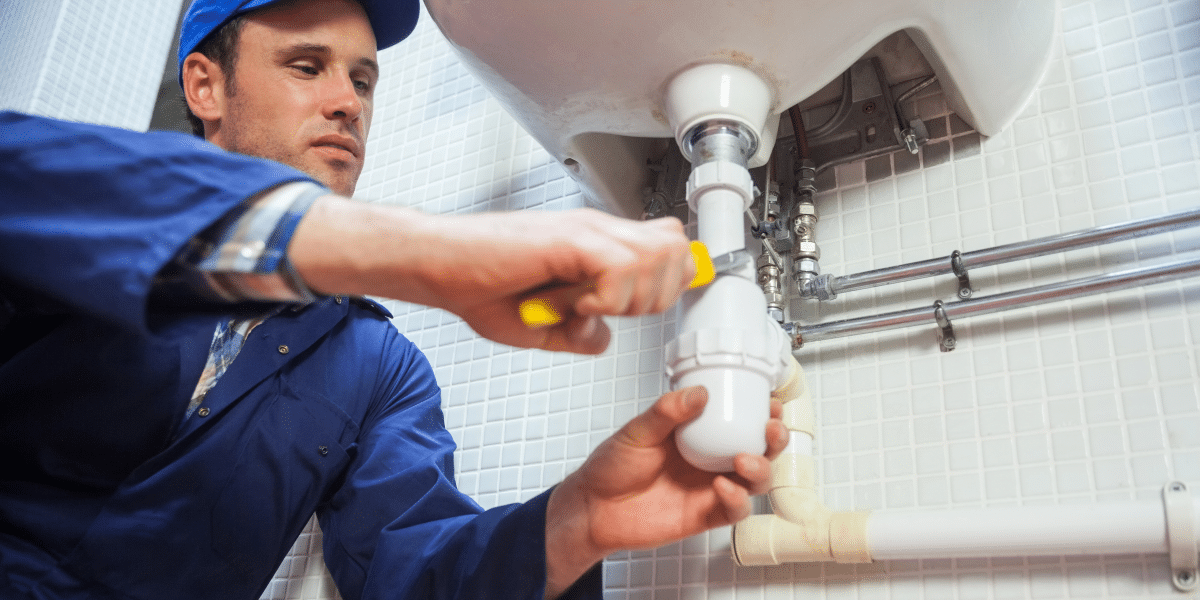Have you ever found yourself lost in translation when it comes to plumbing terms? Fear not, as we delve into the world of plumbing terminology in Spanish to unlock the secrets for flawless communication. Whether you’re a homeowner looking to communicate effectively with your plumber or a budding professional seeking to expand your language skills, understanding the intricacies of plumbing jargon in Spanish is essential. From knowing how to describe common household fixtures to troubleshooting issues with clarity, we aim to equip you with the linguistic tools needed to navigate the world of pipes and faucets confidently.
Introduction: Importance of understanding Spanish Terms for Plumbers
Understanding Spanish terms is crucial for plumbers to effectively communicate with Spanish-speaking clients and colleagues in a diverse work environment. As plumbing issues can be complex and require clear communication to ensure proper repairs, having knowledge of common Spanish terms for plumbers can facilitate smoother interactions. By broadening their language skills, plumbers can build trust with Spanish-speaking customers and provide them with efficient service.
Moreover, being able to understand and use Spanish terms in the plumbing industry not only enhances communication but also demonstrates cultural competency and respect for diverse communities. It shows a willingness to bridge language barriers and meet the needs of all customers, regardless of their native language. This understanding not only improves customer satisfaction but also opens up new opportunities for plumbers to expand their clientele base by catering to a wider range of individuals who may prefer communicating in Spanish.
Basic Plumbing Terminology: Key terms and translations
As you delve into the world of plumbing, familiarizing yourself with basic terminology is paramount for effective communication and problem-solving. Understanding key terms such as trap (sifón) and pipe (tubería) lays a solid foundation for discussing plumbing issues in Spanish. Knowing that a clog is called an obstrucción and that a leak translates to fuga, empowers you to articulate problems clearly when seeking assistance or attempting DIY fixes.
For instance, learning that “faucet” is “grifo” in Spanish helps avoid confusion during conversations with plumbers or while browsing online resources for repair guidance. Embracing these basic yet crucial terms equips you not only to navigate everyday plumbing matters but also to engage confidently in discussions about more complex systems and installations.
Common Plumbing Issues: Problems and solutions explained
One common plumbing issue that homeowners often face is a leaky faucet. This seemingly minor problem can lead to wasted water and increased water bills if left unresolved. The solution to this issue typically involves replacing the faulty washer or O-ring within the faucet, which is a relatively simple fix that can be done without professional help.
Another prevalent plumbing problem is clogged drains. Whether it’s in the kitchen sink, shower, or toilet, clogs can be a major inconvenience. To combat this issue, you can try using a plunger or plumber’s snake to dislodge the blockage. For more stubborn clogs, pouring boiling water down the drain or using a mixture of baking soda and vinegar can sometimes do the trick. Remember that regular maintenance and being mindful of what goes down your drains can help prevent these issues from occurring in the first place.
Hiring a Spanish-Speaking Plumber: Tips and considerations
When hiring a Spanish-speaking plumber, it’s essential to consider their level of fluency in both languages to ensure clear communication. You want someone who not only understands technical plumbing terms but can also effectively convey information to you. Additionally, cultural nuances and preferences can play a role in how the job is approached, so finding a plumber who is culturally competent can make a significant difference in the overall experience.
Moreover, look for a plumber who not only speaks Spanish but also has experience working with Hispanic communities or customers. This can indicate a deeper understanding of specific needs and preferences that may arise during the job. By prioritizing effective communication and cultural awareness when hiring a Spanish-speaking plumber, you can ensure a smoother and more successful plumbing experience for all parties involved.
Conclusion: Mastering plumbing terminology for effective communication.
As we conclude our journey into mastering plumbing terminology for effective communication, it becomes apparent that language plays a crucial role in the world of plumbing. From grifo to sifón, understanding these terms not only enhances communication but also showcases your professionalism in the field. By delving deep into the vocabulary of plumbing in Spanish, you equip yourself with the tools to navigate conversations confidently and accurately convey information to clients and colleagues alike.
Moreover, the ability to communicate effectively in the language of plumbing transcends mere words; it reflects a deep understanding and appreciation for the craft. It bridges gaps between individuals by creating a common ground where ideas flow freely and problems are solved efficiently. So whether you’re a seasoned plumber or just starting out on your journey, mastering plumbing terminology is key to unlocking new opportunities, building strong relationships, and ultimately excelling in this dynamic industry.
Published by: Martin De Juan








